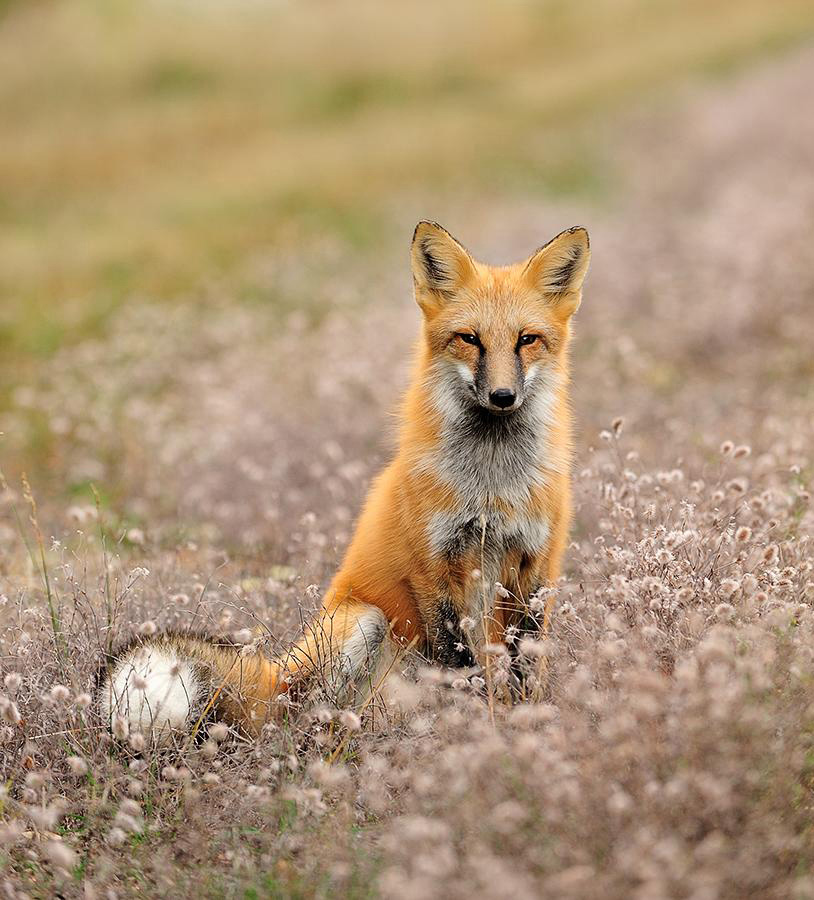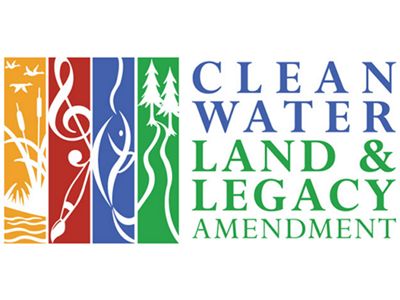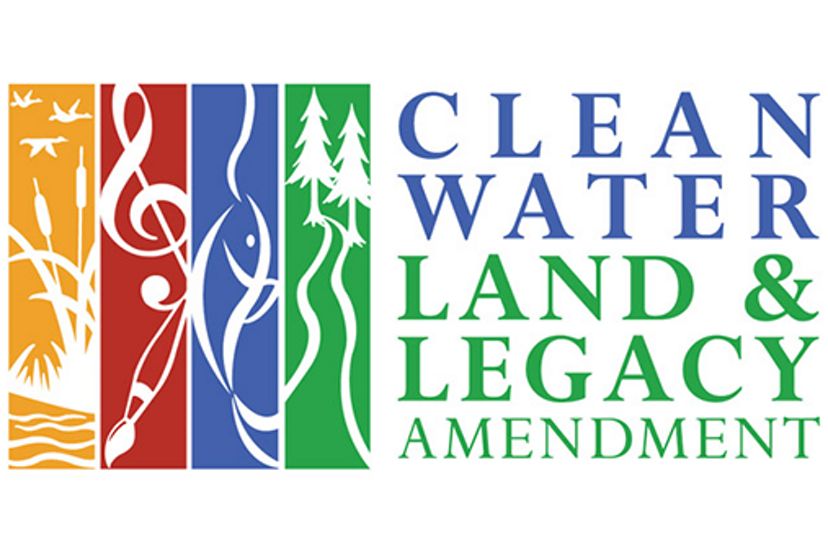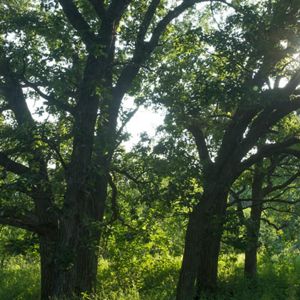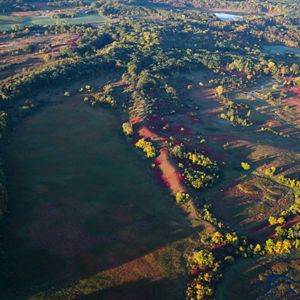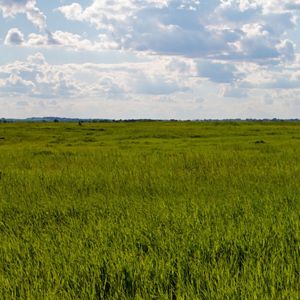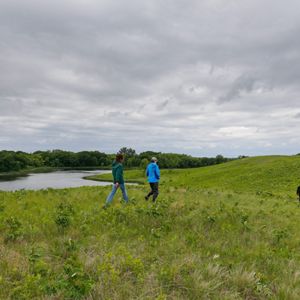Description
Grasslands are one of the most endangered and least protected habitat types on Earth. Native prairie once covered as much as 18 million acres in Minnesota. Only about 235,000 acres of prairie remain today in the state.
The Nature Conservancy acquired 2,563 acres in Minnesota that have been added to the Northern Tallgrass Prairie National Wildlife Refuge. The refuge was established in 2000 to address the loss of America’s grasslands and the decline of grassland wildlife.

